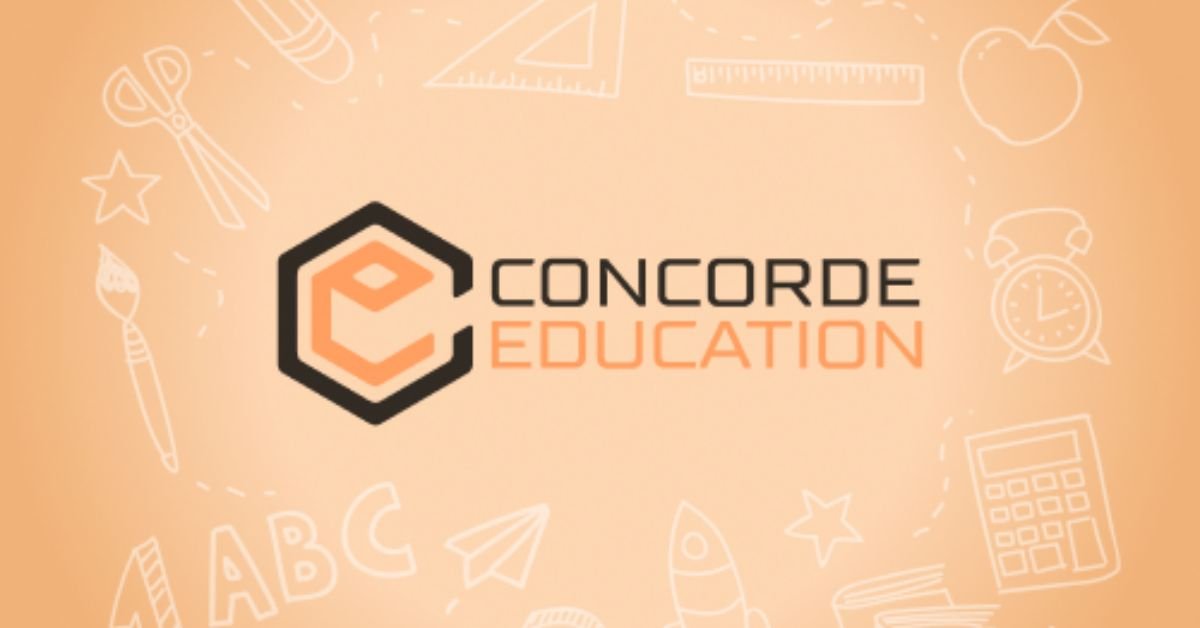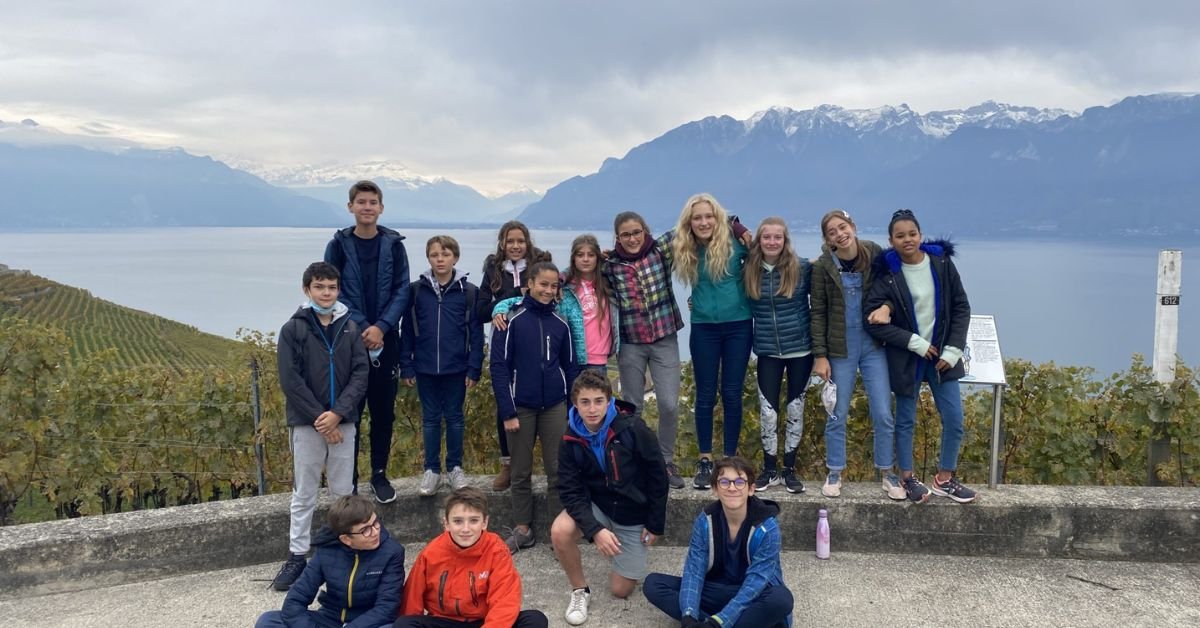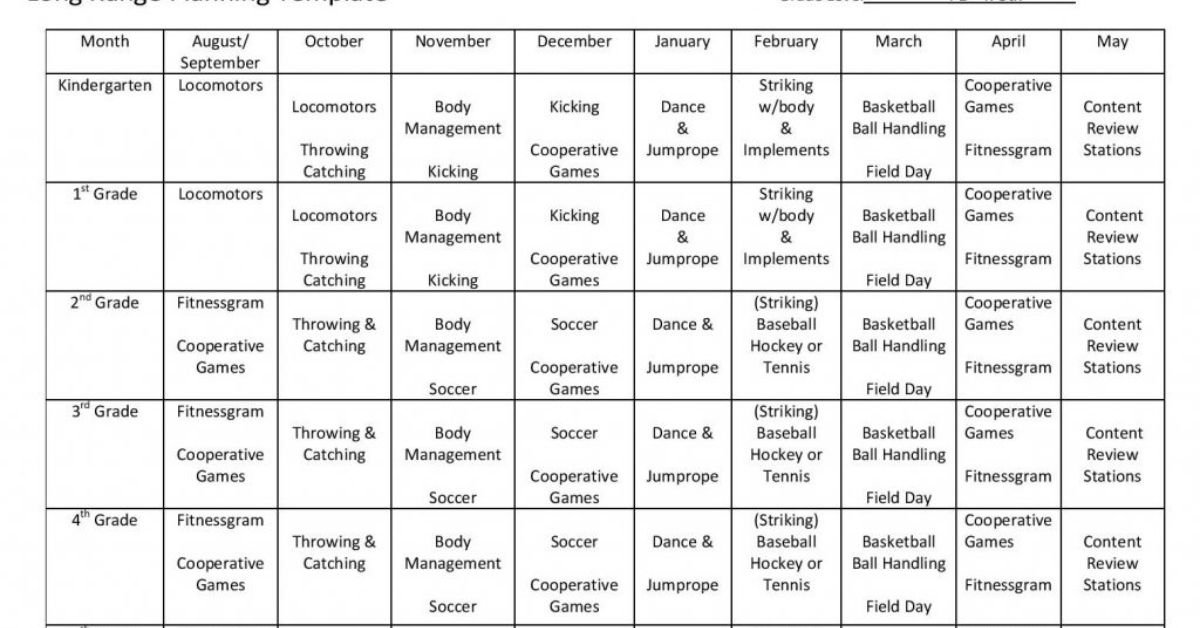Concorde Education Digital Animation offers a comprehensive program designed for students from K-12. This program focuses on the fundamentals of creating animated shorts, covering both 2D and 3D animation techniques. With a curriculum that emphasizes creativity and technical skills, students are equipped to express their ideas visually while gaining valuable knowledge in animation principles. The program not only nurtures artistic talent but also prepares students for potential careers in the growing field of digital media.
Objectives of the Digital Animation Course
The primary objectives of the Digital Animation course at Concorde Education include:
- Skill Development: Students learn essential animation skills such as frame rate management, keyframing, and character design.
- Creative Expression: The course encourages students to explore their creativity through storytelling and visual art.
- Technical Proficiency: Students become proficient in using animation software and tools that are industry-standard.
- Collaboration: Group projects foster teamwork and communication skills as students work together to create animated shorts.
By achieving these objectives, students not only enhance their artistic abilities but also develop critical thinking and problem-solving skills.
Curriculum Overview
The curriculum for the Digital Animation program is structured to provide a balanced mix of theory and practical application. Key components include:
- Introduction to Animation: Students learn the history of animation and its evolution over time. This foundational knowledge helps them understand contemporary practices.
- Animation Techniques: The course covers various techniques such as traditional hand-drawn animation, stop-motion, and digital animation methods.
- Storyboarding: Students are taught how to create storyboards that outline their animation projects. This step is crucial for planning and visualizing their narratives.
- Character Design: Emphasis is placed on designing characters that resonate with audiences. Students learn about personality traits, movement, and expressions.
This comprehensive curriculum ensures that students receive a well-rounded education in digital animation.
Tools and Software Used in the Course
To facilitate learning, Concorde Education incorporates various tools and software that are essential for modern animation:
- Adobe Animate: A leading software used for creating animations and interactive content. Students learn how to use its features effectively.
- Toon Boom Harmony: Widely recognized in the industry for its advanced animation capabilities, this software allows students to create professional-quality animations.
- Blender: An open-source 3D creation suite that supports the entirety of the 3D pipeline. Students explore modeling, rigging, animation, simulation, rendering, compositing, and motion tracking.
By familiarizing students with these tools, Concorde Education prepares them for future endeavors in the animation industry.
Engaging Students Through Hands-On Projects
One of the most effective ways to engage students in the Digital Animation program is through hands-on projects. These projects allow students to apply what they have learned in a practical context:
- Creating Animated Shorts: Students work on individual or group projects to create short animations that showcase their skills. This culminates in a final presentation where they share their work with peers.
- Collaborative Storytelling: Group projects encourage collaboration as students develop stories together. This fosters teamwork and enhances creative brainstorming.
- Feedback Sessions: Regular feedback sessions allow students to critique each other’s work constructively. This helps them refine their skills and learn from one another.
These hands-on experiences are vital for reinforcing learning outcomes and enhancing student engagement.
Assessment Methods
Assessment in the Digital Animation program is multifaceted, ensuring that students receive comprehensive feedback on their progress:
- Project-Based Assessment: Students are evaluated based on the quality of their animated shorts and other projects. Criteria may include creativity, technical execution, and adherence to project guidelines.
- Peer Reviews: Involving peers in the assessment process encourages collaborative learning. Students provide feedback on each other’s work, fostering a supportive classroom environment.
- Self-Assessment: Encouraging self-reflection allows students to evaluate their own progress critically. They can identify strengths and areas for improvement.
This diverse approach to assessment helps educators gauge student understanding while promoting a growth mindset.
Integrating Technology into Learning
Concorde Education recognizes the importance of technology in education, especially in creative fields like digital animation. The integration of technology enhances learning experiences:
- Online Resources: Access to online tutorials and resources enables students to learn at their own pace outside of class hours. This flexibility supports diverse learning styles.
- Virtual Collaboration Tools: Platforms like Google Classroom facilitate collaboration among students working on group projects remotely. They can share files, provide feedback, and communicate effectively.
- Animation Software Training: Workshops on specific software tools equip students with technical skills necessary for modern animation practices.
By leveraging technology effectively, Concorde Education enriches the educational experience for its students.
Career Pathways in Digital Animation
The field of digital animation offers numerous career pathways for graduates of Concorde Education’s program. Potential career options include:
- Animator: Creating animated characters and scenes for films, television shows, video games, or online content.
- Storyboard Artist: Developing storyboards that outline visual narratives before production begins.
- Character Designer: Designing characters that embody specific traits and fit within particular story contexts.
- Visual Effects Artist: Working on special effects for films or video games to enhance visual storytelling.
By exposing students to various career options within digital animation, Concorde Education helps them make informed decisions about their future paths.
Community Engagement and Showcasing Student Work
Community engagement is an essential aspect of Concorde Education’s Digital Animation program. Showcasing student work fosters pride and encourages further exploration in the field:
- Film Festivals: Organizing local film festivals where students can present their animated shorts allows them to experience real-world feedback from audiences.
- Online Portfolios: Encouraging students to create online portfolios showcases their work and provides a platform for potential employers or collaborators to view their talents.
- Collaborations with Local Organizations: Partnering with local businesses or community centers can provide opportunities for students to work on real-world projects that benefit the community while honing their skills.
These initiatives not only celebrate student achievements but also strengthen community ties through shared artistic expression.
Conclusion
Concorde Education Digital Animation program offers an enriching educational experience that combines creativity with technical skill development. By providing a comprehensive curriculum focused on hands-on projects, assessment diversity, technology integration, career pathways exploration, and community engagement opportunities, Concorde prepares its students for success in the dynamic field of digital media. As technology continues to evolve, so too will the opportunities available within digital animation—making it an exciting area for aspiring artists and storytellers alike.




